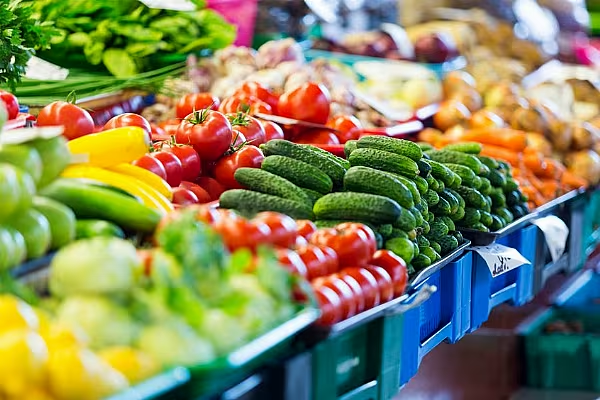Italian consumer spending on organic food and drink grew by 6.5% in the first half of this year, after growth of 10% in 2017, according to Ismea.
On average, nine out of 10 families have bought at least one organic product during the last year, the study found.
Popular Categories
The most popular organic categories include fruit, vegetables, and derivatives from cereals, such as pasta, rice, and flour, which account for more than half of the purchases in value terms.
The has also been a growth in the purchase of organic milk and associated dairy products (+6.2%), as well as eggs (both +21.6%), vegetable oils and fats (+16.5%), fresh meat (+16.5%) and fish products (+16.7%). The sales of cured meats suffered a 2% setback.
According to Sana Observatory estimates the value of the Italian organic market in 2018 is around €5.6 billion, of which €3.5 billion accounts for domestic sales.
Preferred Sales Channels
Large-scale retail accounts for 45% of organic sales, followed by specialised stores (24%), other channels (19%) and food service (12%), according to Nielsen.
In the large-scale retail channel, the number of private label organic references has reached 3,529 (+315% since 2001), with organic products now available in 22 retailers.
Elsewhere, a report by Nomisma for Assobio estimates the total sales of organic fruit and vegetable in the country amounts to €400 million.
Modern distribution is the main purchase channel of organic products for 49% of Italians, with €316 million in sales in the period July 2017 to June 2018, followed by specialised stores (preferred by 22% of households) with over €83 million.
© 2018 European Supermarket Magazine – your source for the latest retail news. Article by Branislav Pekic. Click subscribe to sign up to ESM: The European Supermarket Magazine.











